We are committed to sharing unbiased reviews. Some of the links on our site are from our partners who compensate us. Read our editorial guidelines and advertising disclosure.
What I Want to Be When I Grow Up—70 Kids Share Their Dream Jobs


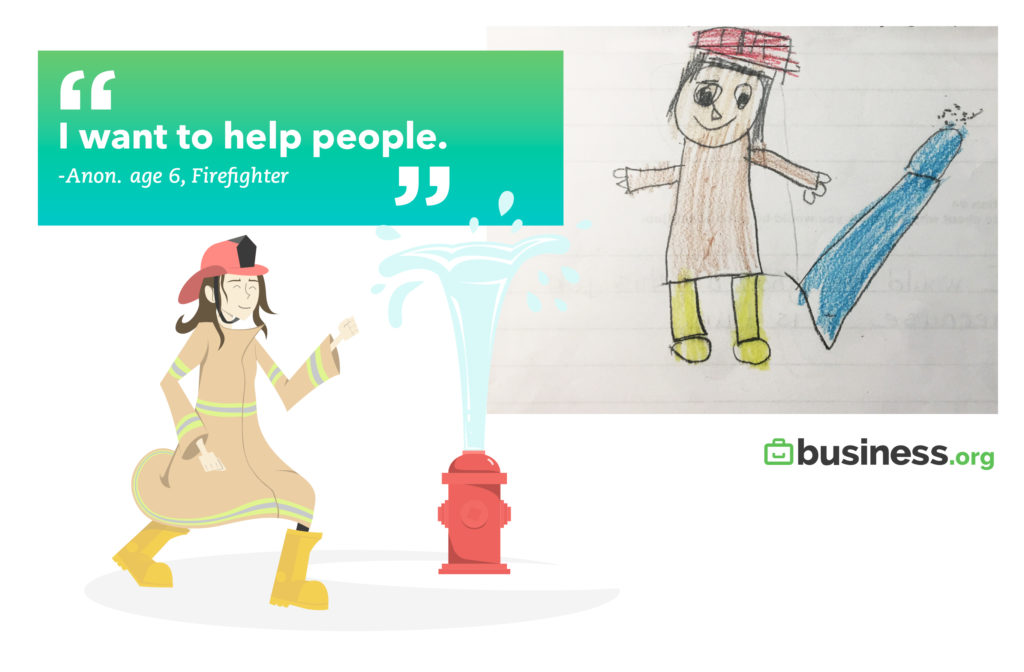
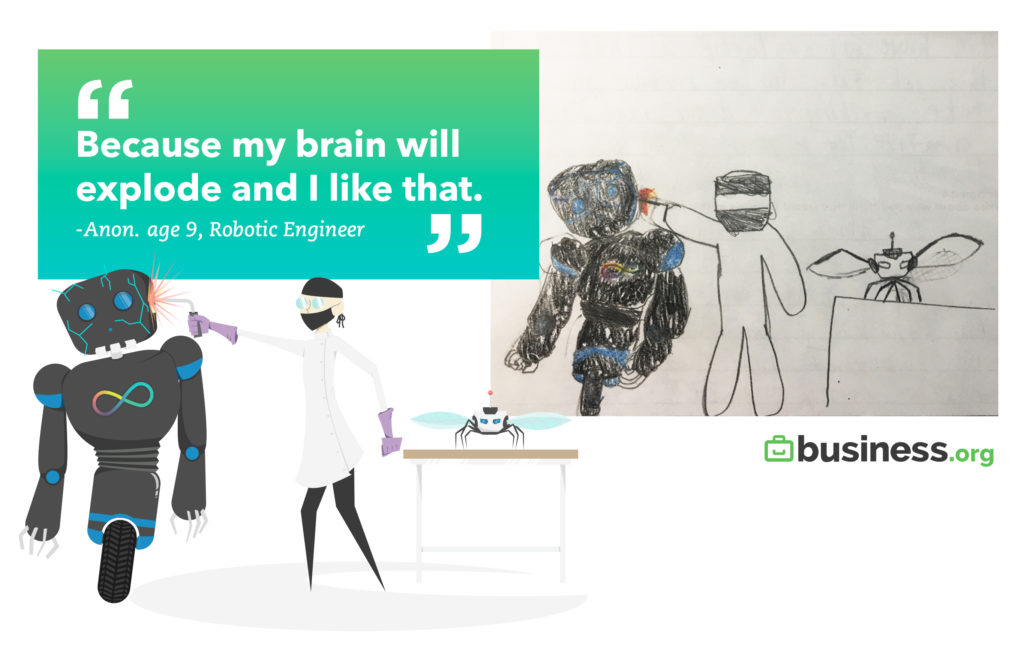

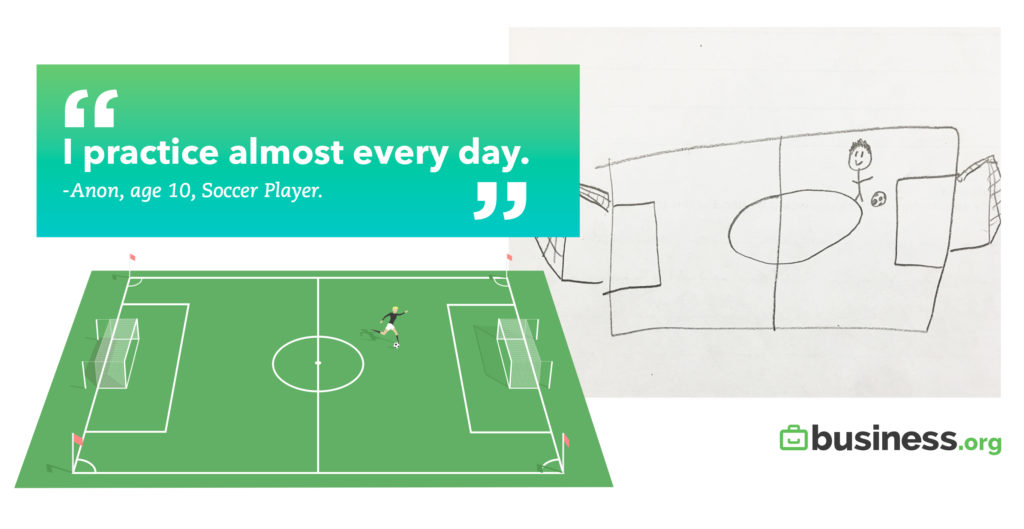


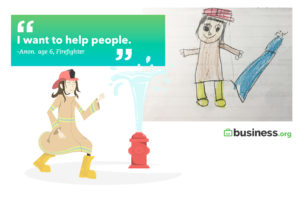


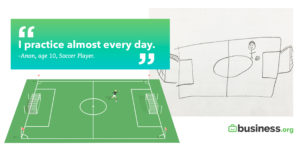
Age 8–9: Interest in STEM, athletic, and creative roles on the rise
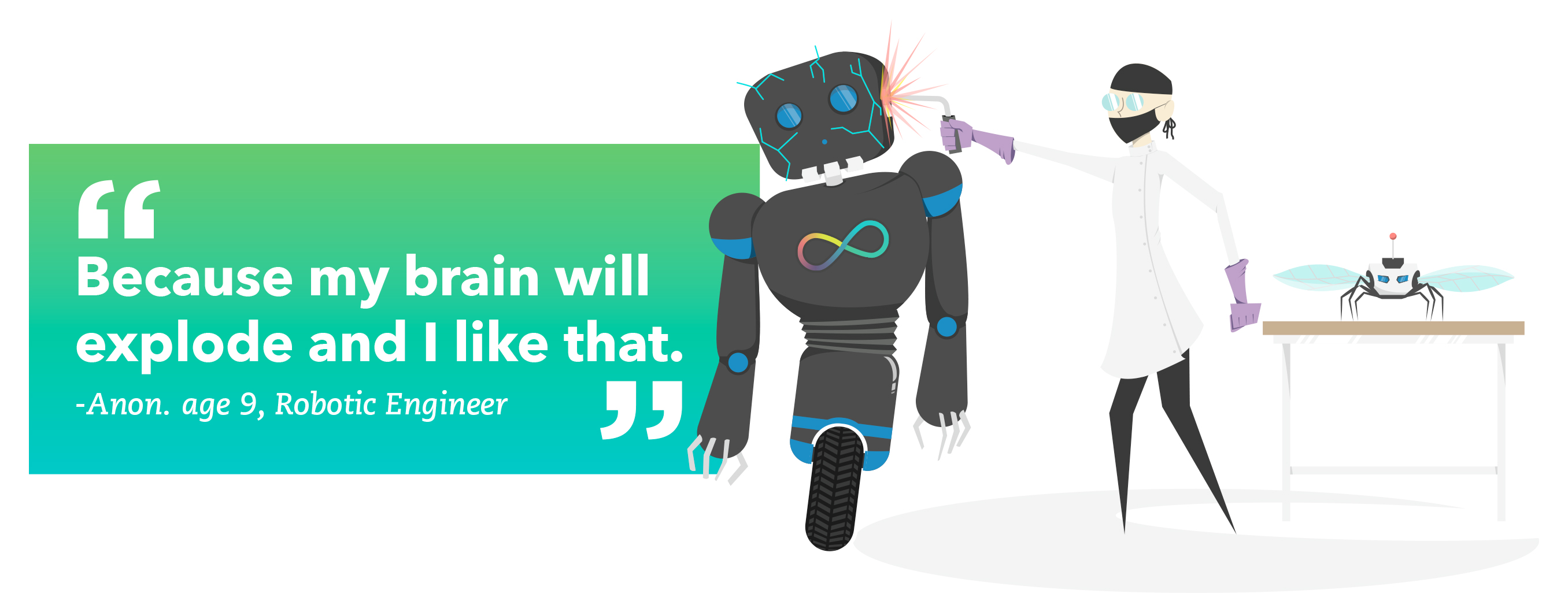
By the time children hit age eight, their interest in service roles dramatically decreases (from over 70% overall to just over 22%). Dr. Saline explains why:
“As kids age, it’s not that they want to be less helpful. They just become more interested in themselves and their own lives. The direct praise and the good stuff that comes solely from helping . . . there are other ways to get that.”
But according to Dr. Saline, this shift toward creative roles (like writers, artists, and musicians), STEM roles (like scientists, doctors, and tech developers), and athletic roles could have something to do with changes in education around age eight.
“In the early grades, you learn to read. You learn a facility with numbers. You learn to do math. And you learn the actual physical act of writing and taking ideas about your life and putting them down in story form,” she explains. “Around fourth grade, there’s a shift where you read to learn. You use math for higher-level problem solving, and you write to express and synthesize ideas. So it would make sense that when kids are nine or ten, there’s a consolidation that happens cognitively at that time where they’re now shifting their thinking.”
And then, of course, there’s the fact that a lot of kids in the eight- to nine-year-old range begin to build their own identities, and they start to compare themselves to their role models.
“They see what their parent does for work, and they’ve now developed a sense of similarity or differences that they have with that parent. And they may want to align with that parent.”
By signing up I agree to the Terms of Use and Privacy Policy.
Age 10–11: STEM is for the girls
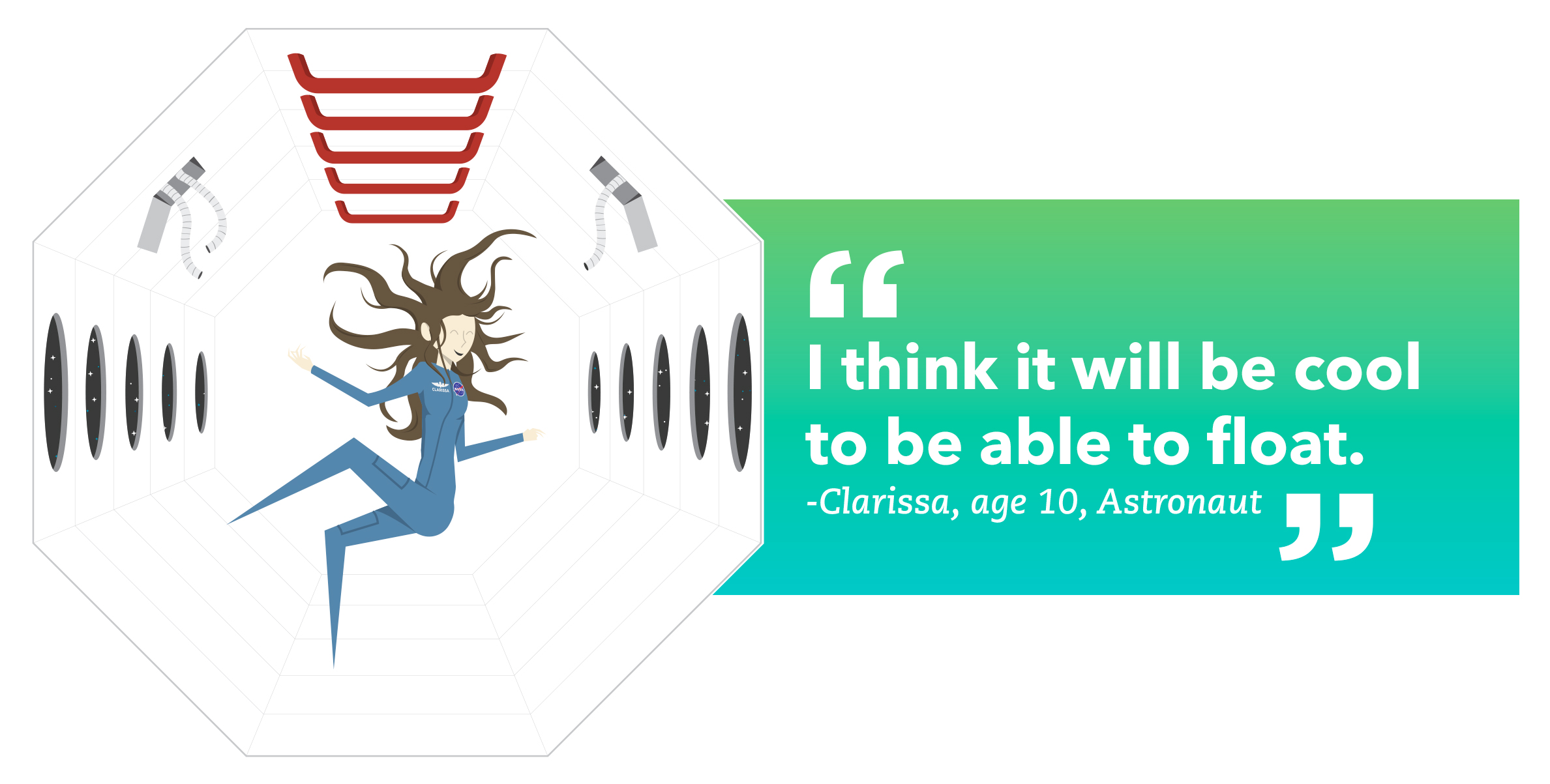
As children mature, there’s another phase of development where kids begin to have a more individualized way of thinking. This changes how children view careers and which jobs they gravitate toward.
“Kids enter what Erik Erikson called the Age of Industry vs. Inferiority,” Dr. Saline adds. “They actually start to realize that they themselves are good at doing things. And they want to lean into and spend more time with the thing they’re good at.”
This idea tracks with what we found in our research. Actually, when classifying the motivations of our would-be football players, firefighters, marine biologists, and DJs, we found that children in the five- to six-year-old group were most likely to choose dream jobs that allowed them to help in some way. Meanwhile, eight- to nine-year-olds were most likely to choose jobs that their parents or other family members had, and ten- to eleven-year-olds were most likely to choose a dream job they felt they’d be good at.
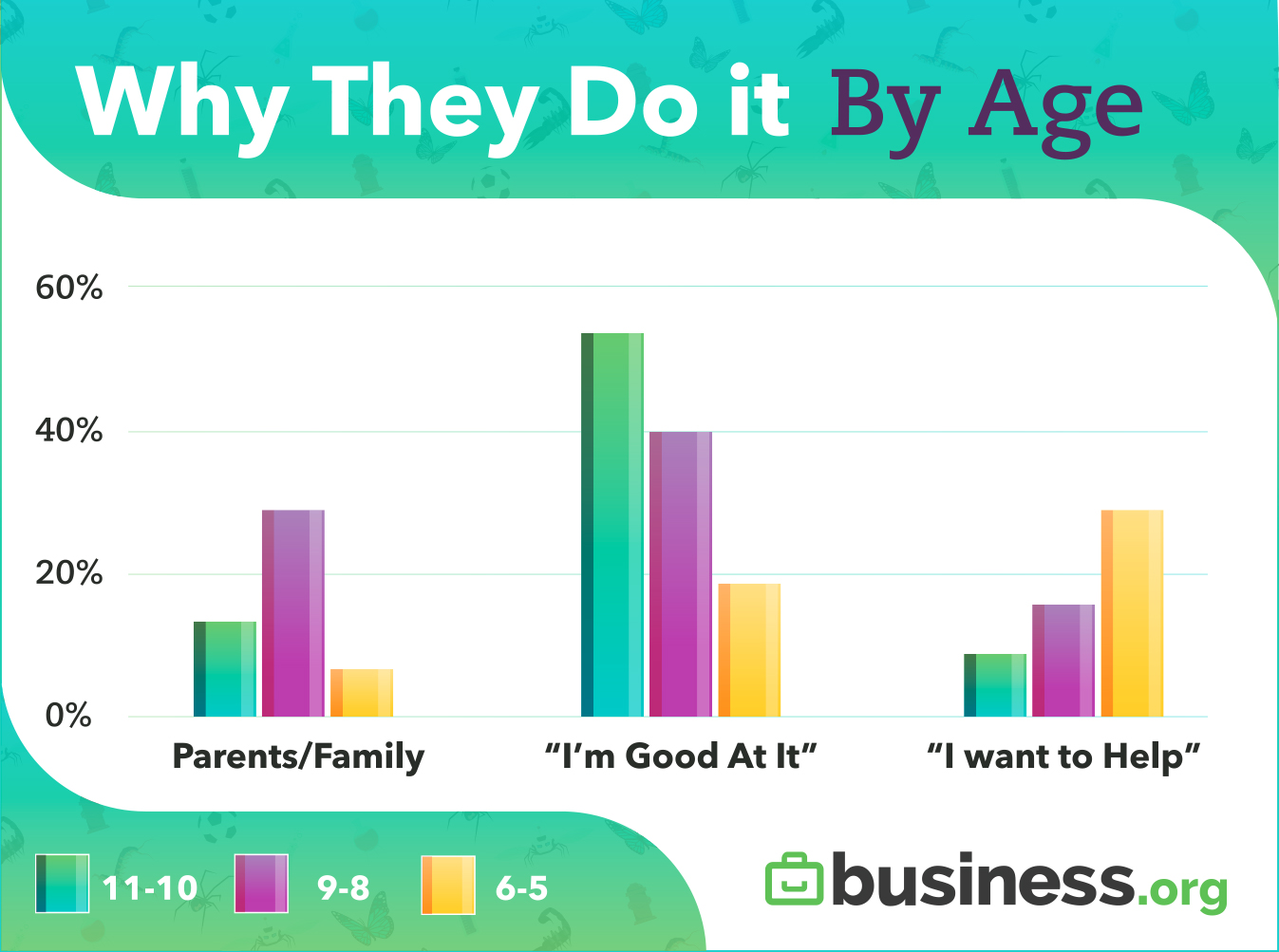
That’s partly why we were excited to see that girls in the ten- to eleven-year-old group were more likely to choose a STEM-related dream job than boys in the same group: it shows that girls at this age are getting validation that they are, in fact, good at science, technology, engineering, and math.
So are recent initiatives to get more girls into STEM working? Dr. Saline thinks so.
“I think girls see female nurses. I think they see female doctors. I think they actually see some female astronauts and scientists now. And I think that girls actually have more breadth in the roles that they can look toward than ever before.”
On the flip side of that, of course, is the fact that fewer boys are interested in STEM at the ages of ten and eleven than they are at eight or nine.
“That may have to do with certain fantasies about masculinity in our society that boys may become more aware of when they’re nine or ten than they are when they’re six or seven.”
Other observations
Speaking of masculinity, our small study found that kids’ understanding of gender roles may actually have a big impact on the careers they want.
On the one hand, we found that across the board, girls chose creative dream jobs (like acting) more than boys. Meanwhile, boys chose service roles (like military service) far more often than girls.
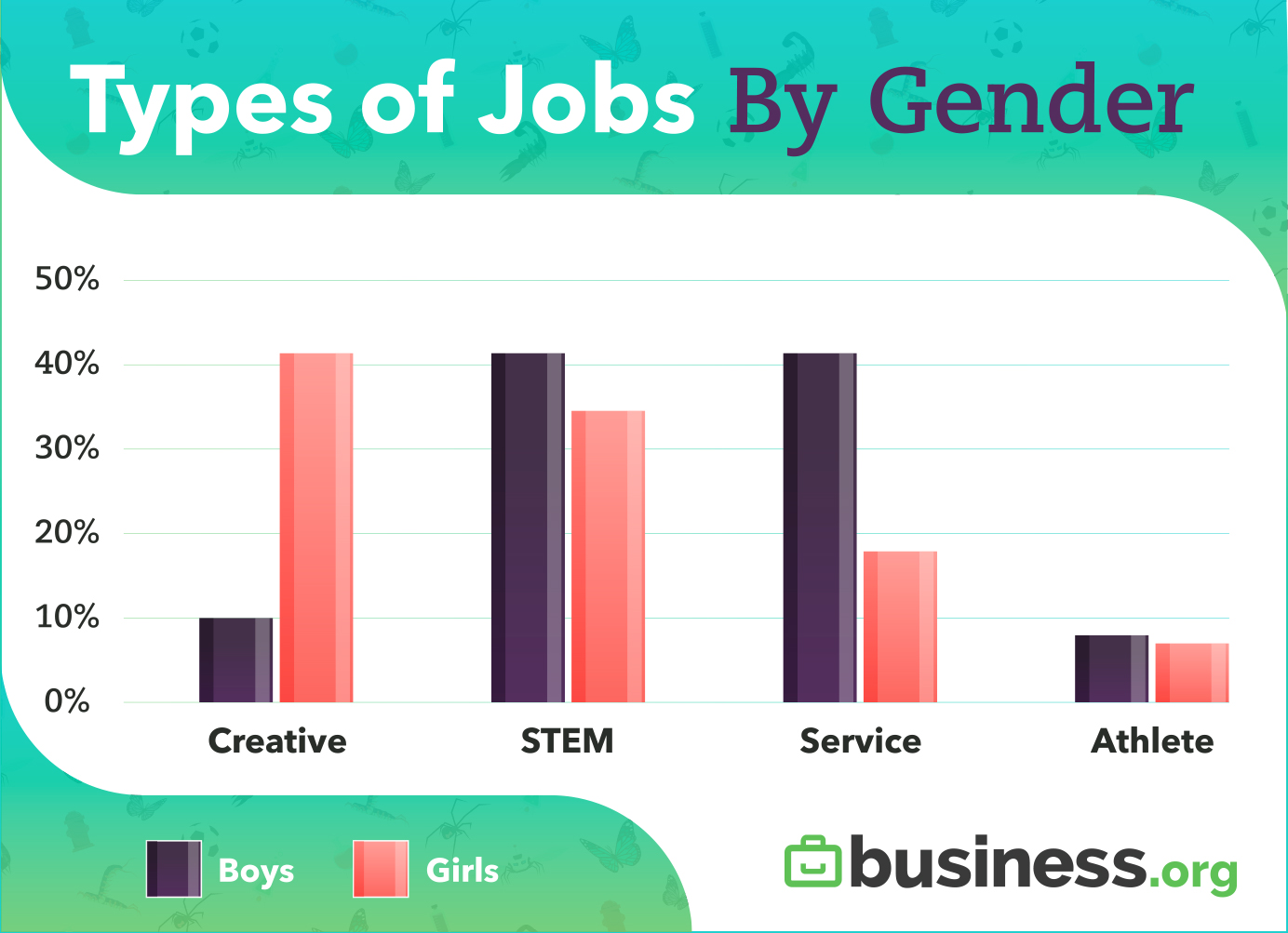
So does this mean the “traditional” idea that boys are naturally physical and girls are naturally creative holds true? Maybe. Maybe not.
“Research has shown in many cultures that by the age of two, boys are more physically aggressive than girls. And it depends on the child, but often you’ll see male toddlers focusing more on gross motor activities, and girls will have a little more proficiency and interest in fine motor activities (as well as some of the gross motor),” says Dr. Saline.
At the same time, though, Dr. Saline explains that these tendencies may or may not be “natural.” Instead, they may be caused or amplified by how boys and girls are treated by their parents and other adults.
“We may consciously or unconsciously encourage girls to draw, or bead, or play with figurines or dolls or Lego[s]. And we may encourage boys to do those things, but we may also be encouraging them a little bit more to play sports or run around outside.”
And of course, girls’ lack of interest in service roles can also be blamed on the examples they see in the world around them.
“Although we use the term ‘police officer,’ ‘firefighter,’ and ‘train conductor,’ what kids see in their daily lives is that those people are mostly men. Even in my town, where the chief of police is a woman, most of the officers are men. So if that’s who you’re seeing doing jobs, then that’s what you’re going to associate with that job.”
Fortunately, it seems that many girls aren’t letting that hold them back. In fact, we were thrilled to find that with age, the girls in our study developed an increasing interest in STEM.
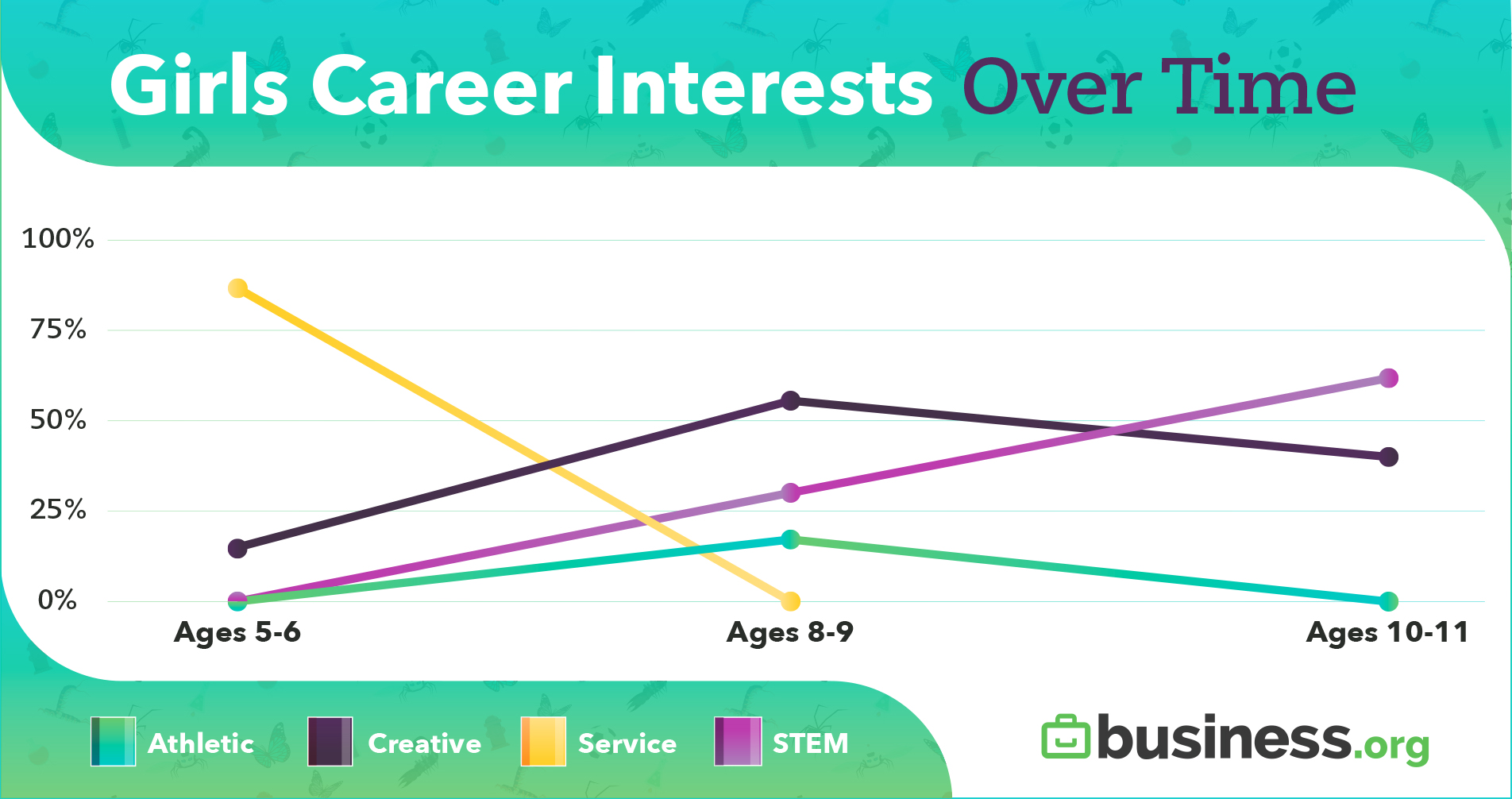
Meanwhile, boys’ interest in STEM decreased with age.
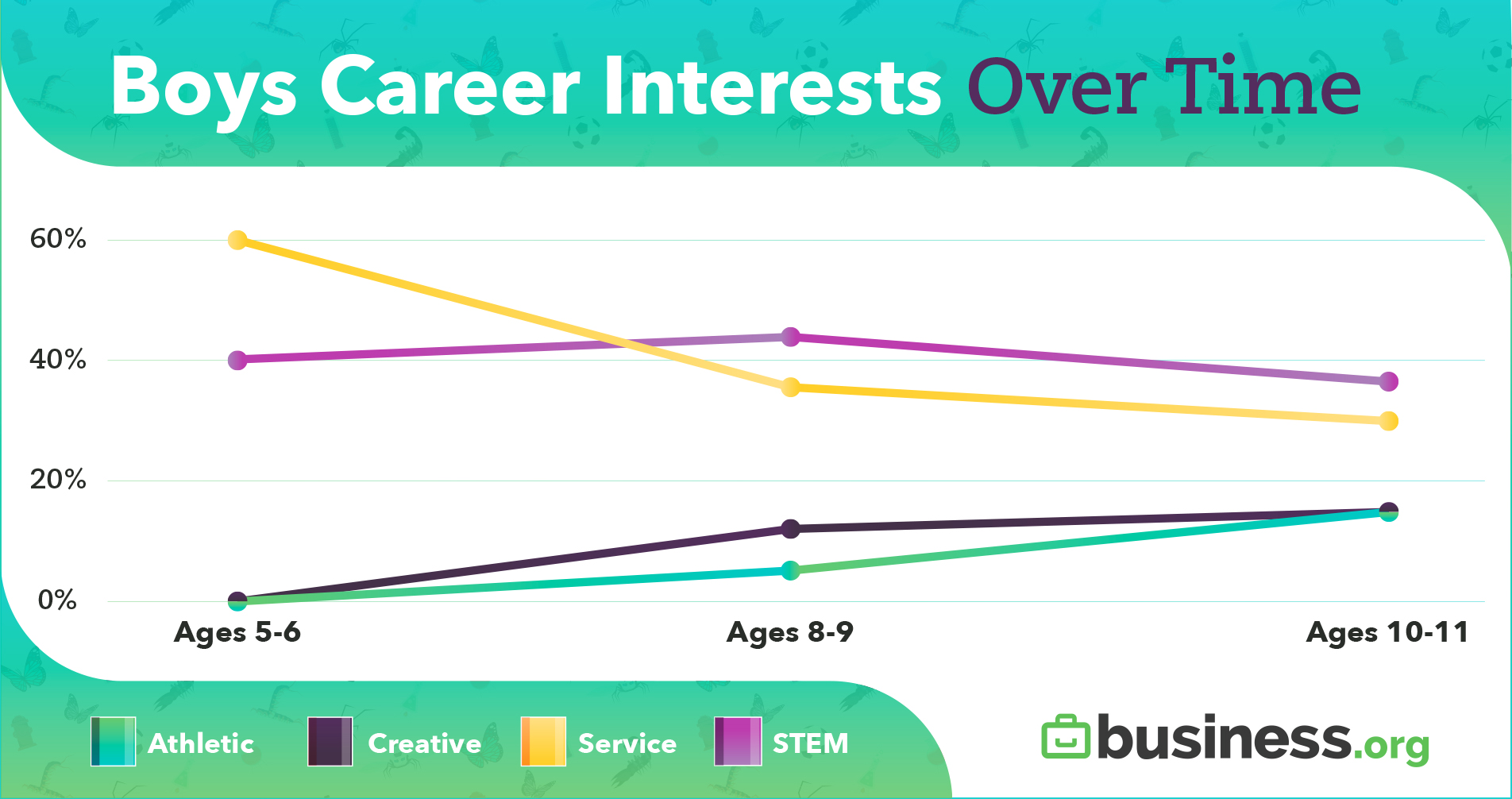
We also noticed that while boys’ interest in creative roles increases as they get older, it doesn’t grow at nearly the same rate that girls’ interest in STEM grows.
So we have to ask: If we’re working to destigmatize more careers for girls, are we putting in the same amount of work to destigmatize more careers for boys?
Unfortunately, the answer is probably no. According to Dr. Saline, traditional views on masculinity still play a big part in boys’ professional goals.
“The code of masculinity is fairly rigid. While it’s more flexible than it used to be, when boys head into puberty, they’re more aware of traditional male roles and behaviors. What most cultures (including ours) value about masculinity revolves around strength, performance, proficiency, and dominance.”
Dr. Saline continues, “There are a lot of nine- and ten-year-old boys who want to be the next Lebron James, Adrian Peterson, or Dr. Dre. They are much more focused on being a successful sports figure or musician than they were before because those professions speak to their developing interests, and those professions are perceived as 'cool' by peers. Many boys don’t necessarily want to be a doctor. There’s not as much fantasy or perceived income attached to that.”
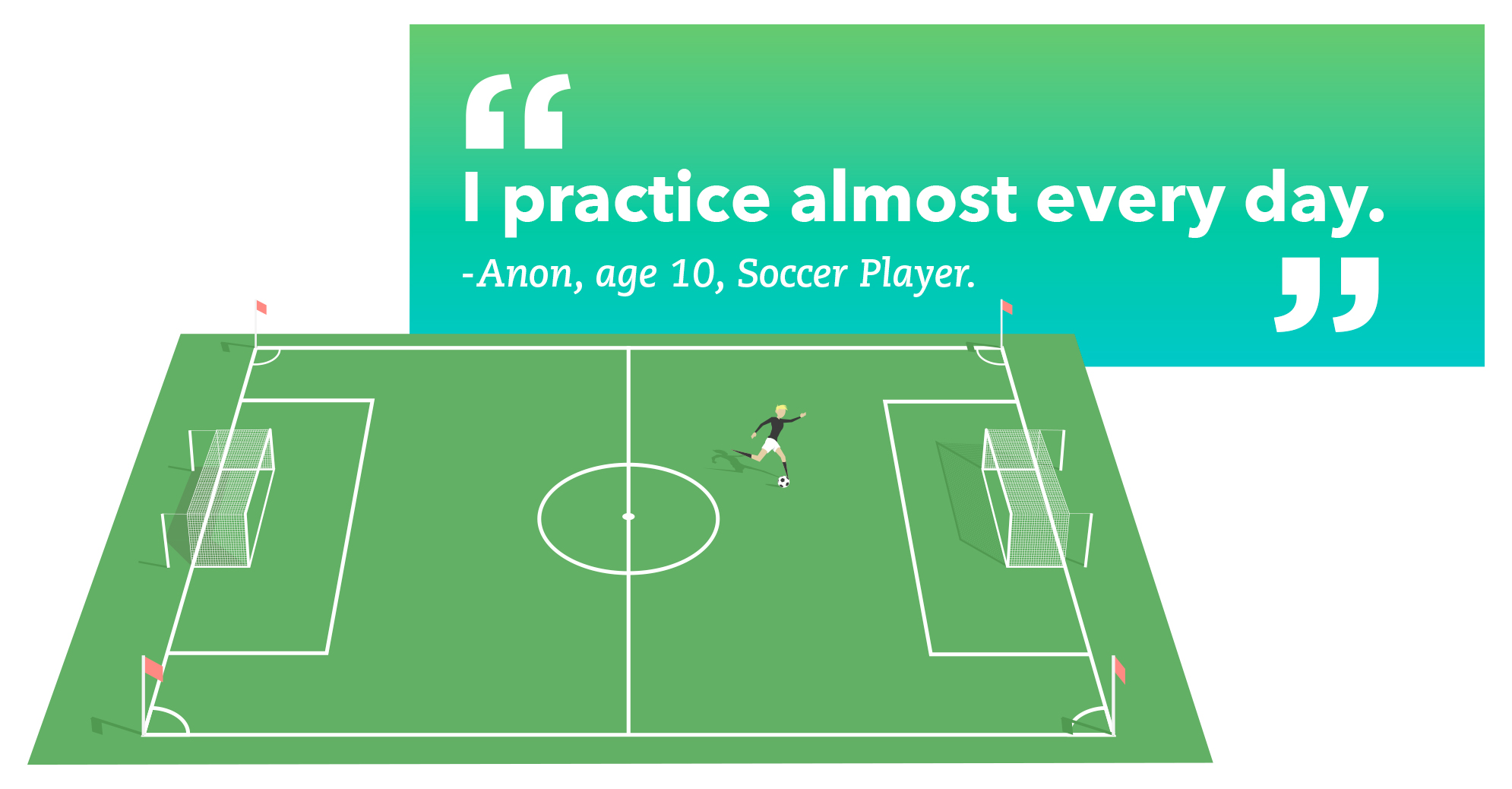
Our takeaway
In all honesty, when we started this experiment, we expected to get nothing more out of it than a smattering of adorable pictures from children who were still young enough to dream big. We ended up with a data set that gave us a fascinating look into the lives, minds, and hopes of the next generation.
Dr. Saline aptly states, “It has to do with our expectations of boys and girls. And I think there’s a kind of freedom for girls to explore their creativity without fear of labeling or role confinement that many boys face.”
As we continue to redefine and explore what it means to be feminine, masculine, and human, it’s up to us—as parents, teachers, and role models—to continue to set and hold up examples for our children, to show them what they can hope to achieve and become.
What did you want to be when you grew up? Share your childhood dream jobs in the comments below!
Sources:
1. Dr. Sharon Saline, a child psychologist and the author of What Your ADHD Child Wishes You Knew: Working Together to Empower Kids for Success in School and Life




